From AI to Biodiversity: Key ESG Trends Defining the Second Half of 2024
As we progress through 2024, the ESG (Environmental, Social, and Governance) landscape is undergoing significant transformations. Companies, investors, and regulators are adapting to an evolving environment marked by enhanced regulations, technological advancements, and increased focus on supply chain transparency. Here’s a detailed look at the trends likely to shape ESG strategies in the latter half of 2024.
Enhanced Regulatory Requirements
Regulatory frameworks for ESG reporting are becoming more stringent. The European Union’s Corporate Sustainability Reporting Directive (CSRD) and the EU Sustainability Due Diligence Directive are setting new standards. These regulations not only mandate comprehensive reporting on sustainability impacts but also require businesses to ensure transparency across their entire supply chain. The CSRD, effective from January 2024, mandates detailed disclosures on climate-related risks, while the EU directive emphasizes environmental and labor practices in supply chains. Similarly, the U.S. Securities and Exchange Commission (SEC) is advancing its climate disclosure rules, which will require publicly traded companies to report on their climate-related risks and governance practices. Companies must now address environmental impacts and uphold fair labor practices throughout their operations.
Integration of AI and Technology
Artificial Intelligence (AI) is central to ESG strategies in 2024, significantly enhancing data analytics and reporting capabilities. Companies integrating AI into their ESG reporting are expected to see performance improvements of up to 30% by year-end. AI automates data collection and analysis, providing real-time, accurate insights. For example, IBM’s AI tools help track and manage ESG metrics, streamlining reporting and ensuring compliance with evolving regulations.
AI's predictive analytics allow companies to forecast sustainability trends and climate-related risks, enabling proactive strategy adjustments. AI-driven tools also simplify ESG compliance, automatically generating reports that meet regulatory standards like the EU’s Corporate Sustainability Reporting Directive (CSRD).
Focus on Supply Chain Transparency
Supply chain transparency is under heightened scrutiny due to new regulations like the EU’s Corporate Sustainability Due Diligence Directive (CSDDD). This directive requires large companies (over 1,000 employees and €450 million turnover) to identify, prevent, mitigate, and report on adverse human rights and environmental impacts in their supply chains. Non-compliance can result in fines up to 5% of global turnover and civil liabilities. This includes ensuring that suppliers adhere to sustainability standards and fair labor practices. Companies like IKEA and Patagonia are leading the way with initiatives that provide detailed insights into their supply chains. Patagonia’s Footprint Chronicles and IKEA’s commitment to circular supply chains reflect a growing trend towards enhanced transparency and accountability. The integration of AI tools aids in mapping supply chains, identifying risks, and ensuring compliance, enhancing transparency and accountability.
Expansion to Private Markets
ESG reporting is expanding beyond publicly traded companies to include private enterprises. In Canada alone, approximately 1.2 million small and medium-sized businesses are expected to be impacted by new ESG reporting requirements. This expansion is driven by the need for comprehensive Scope 3 emissions data, which includes indirect emissions from supply chains. Private companies are increasingly required to report their sustainability practices and emissions, reflecting a broader trend towards inclusivity in ESG reporting.
Emphasis on Biodiversity and Nature
Biodiversity is emerging as a critical ESG issue, with increased investment in nature-related funds and adoption of frameworks like the Task Force on Nature-related Financial Disclosures (TNFD). Investment in biodiversity projects is expected to rise by 20% this year. Companies are recognizing the importance of preserving natural ecosystems and are integrating biodiversity considerations into their ESG strategies. For instance, large corporations and investment funds are now prioritizing projects that contribute to biodiversity conservation and sustainable land management.
Geopolitical and Economic Shifts
Geopolitical tensions and economic shifts are reshaping ESG priorities, particularly regarding the sourcing of critical raw materials and adapting to new carbon pricing regimes. The EU Carbon Border Adjustment Mechanism (CBAM) is a notable development in this area, anticipated to generate €14 billion annually by 2026. This mechanism imposes carbon tariffs on imports from countries with less stringent climate policies, influencing global supply chains and trade practices.
Addressing Greenwashing and Ensuring Integrity
The fight against greenwashing is intensifying, with new regulations aimed at ensuring the credibility and transparency of ESG claims. Under recent EU rules, companies found guilty of greenwashing could face fines of up to €10 million. These regulations aim to combat misleading sustainability claims and ensure that ESG statements are backed by genuine, verifiable practices. This crackdown on greenwashing is essential for maintaining trust and integrity in the ESG sector.
Conclusion
The ESG landscape in the second half of 2024 is characterized by a combination of stricter regulations, technological advancements, and a broader scope of reporting requirements. Companies are increasingly leveraging AI for enhanced reporting, addressing supply chain transparency, and focusing on biodiversity and nature-related initiatives. At the same time, geopolitical and economic factors are influencing ESG priorities, and efforts to combat greenwashing are becoming more stringent. As these trends evolve, organizations must stay informed and adaptable to meet the growing expectations of regulators, investors, and stakeholders, ultimately driving meaningful and sustainable impact.
Ready to take your career to the next level? Sign up here to obtain the Certificate in ESG Strategy.
For personalized guidance on integrating sustainability into your business operations, reach out to The ESG Institute. Our experts are here to help you navigate the complexities of ESG implementation and drive meaningful change.

